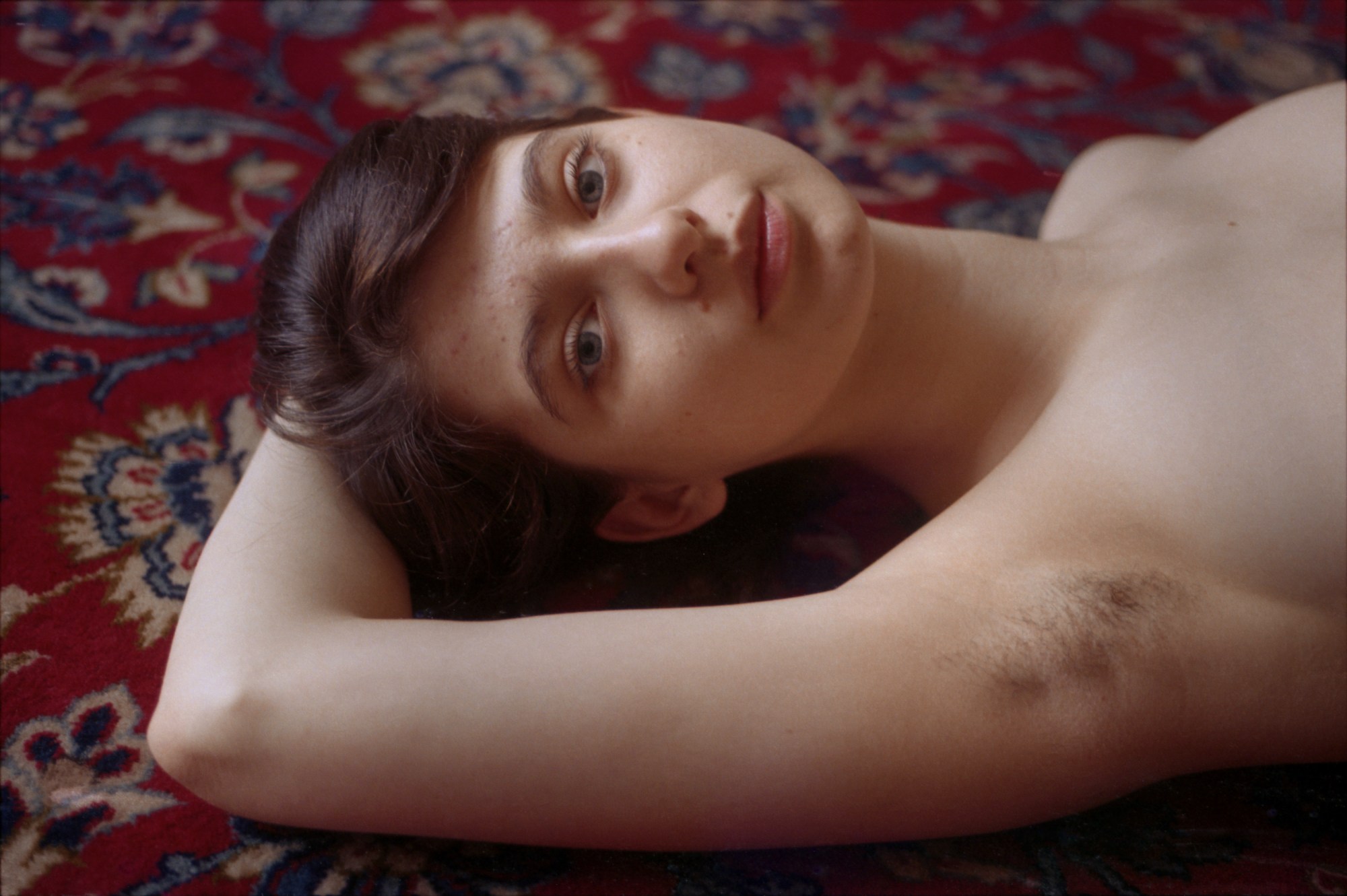When Conquistadors arrived in Latin America, they imposed Catholicism’s overwrought pomp, casting a glittering pall over indigenous communities that had thrived for thousands of years. The church proffered false binaries of gender and sexuality, reducing women to “Madonna/whore,” a construct wildly complicated by the fact that these women in Jesus’s life bore the name Mary.
Growing up in Cochabamba, Bolivia, artist Marisol Mendez noticed femininity was largely defined by desirability, the culture relentlessly pandering to the male gaze. As too many womxn know, what begins as an innocuous imposition can quickly spiral out of control. “Your body is a battleground”, Barbara Kruger famously decried in her iconic 1989 silkscreen work, a struggle now as then seemingly without end.

“You say, ‘My body, my choice.’ It’s so obvious, like why would my body belong to the state or to a man? And then you get all these ideas,” Marisol says. “I have this theory about the Virgin Mary, who never owned her own body. God invokes Jesus on her, and then she ascends to heaven. She’s the only being that goes into heaven with her whole body because her body is the property of God.”
Mary, Mother of God, a vision of purity and piousness, willing to make every sacrifice without a smidgen of backtalk; a figure that casts striking a distinctive contrast to Mary Magdalene, the only woman in Jesus’s inner circle. A sex worker who kept a gospel of her own, Magalene is cast as the sinner because her body is her own, and she is free from dominion and control. The Marys are cast in opposition unless one takes into account the understanding of womxn as a multidimensional force.
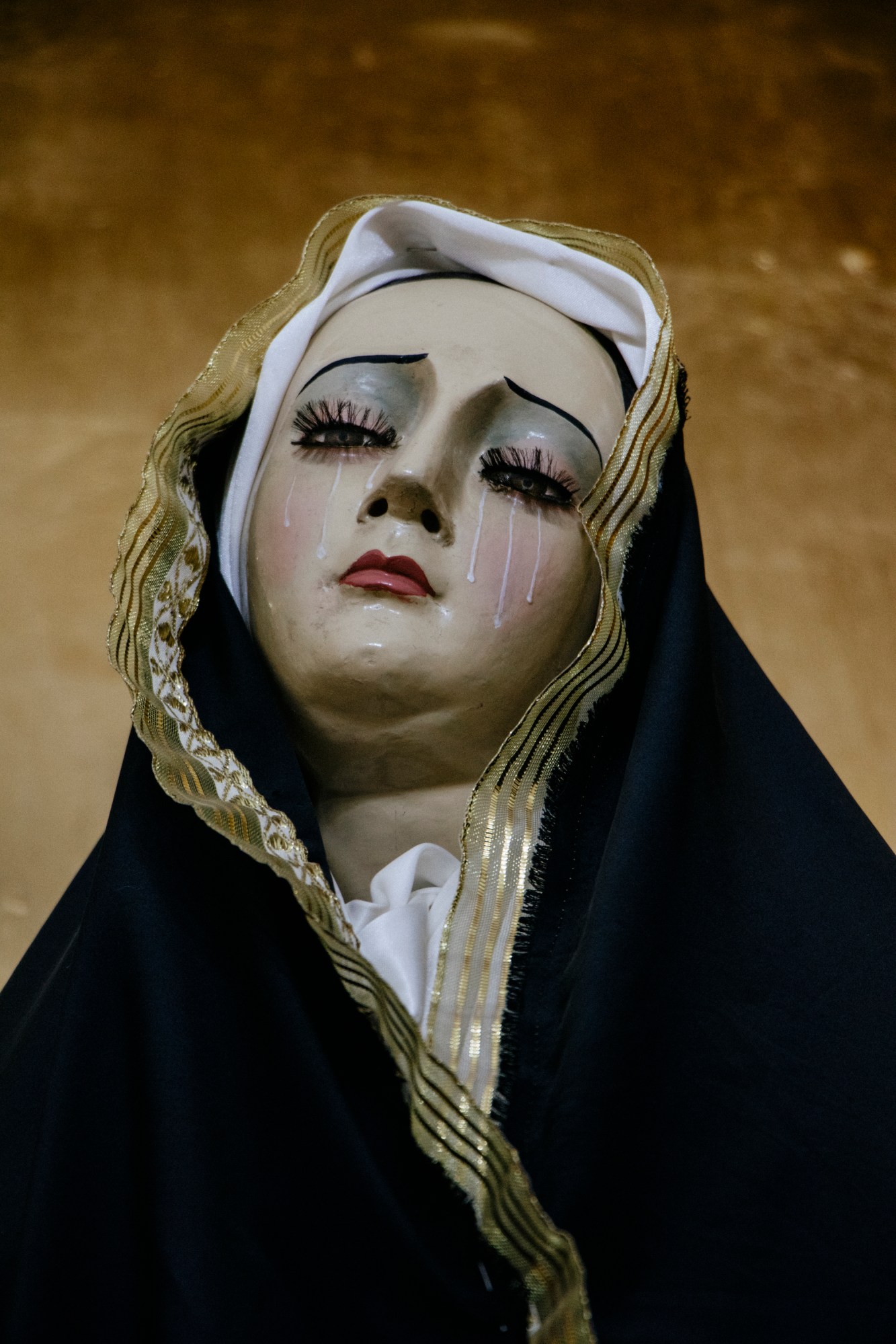
In her debut monograph, Madre (Setanta), Marisol delves into realms of past and present to consider the feminine as a life force: a creator of mind, body, and soul that transcends the limits of the physical realm. Weaving together past and present with a poignant selection of archival works drawn from family photo albums with still life, landscape, and flower photographs, Marisol elegantly upends patriarchal tropes with a kaleidoscopic tapestry of innocence and sacrifice, joy and pain, love and loss.
Madre took root as Marisol perused her grandmother’s photo album, searching for a connection to something greater than herself. As she paged through the vintage photographs, she noticed a curious phenomenon: a great many of the men had been ripped out of the picture. Drawing inspiration from a playful blend of camp absurdism and cinematic fantasy, Marisol considers the feminine as a force of creation and destruction, of rebellion and solidarity passed from one generation to the next.

“Our culture in Bolivia, our religion invalidates syncretism because everything, everything is always such a big mix,” Marisol says. She embraced these layered histories with selections from her family albums alongside new works: portraits of friends and acquaintances, neighbours and strangers encountered along the path who shared a desire to speak truth to power through photography.
As a writer who enjoys waxing rhapsodic about ideas, the camera proved succinct. “It’s very direct because you have literally one moment to tell a whole story, so it commands you to be brief but very precise,” she says. “You have a frame to assemble a whole universe. It was a new way of looking at the world and understanding it. The camera allowed me to be curious and get near different worlds that I’ve been inquisitive about, and I love that.”

As Madre began to grow, Marisol recognised the importance of casting a dialogue across time. She began casting people from her own life, inviting them to imagine where they might lie in the pantheon of the divine feminine. “I think you can go through the whole Madonna/whore cycle in a single day,” Marisol says. “You can wake up as the Virgin Mary and go to sleep as Mary Magdalene. It’s a spectrum that is very fluid and dynamic that creates a diversity and richness that is more powerful than fixed structures.’
Perhaps it is that ever-shifting balance that gives the feminine form its ability to be both/and without being tied to a single outcome. With Madre, Marisol considers mother as the source of all things, and within that are endless permutations of who womxn can be; all it takes is imagination and the will to get free.
‘Madre’ is published by Setanta and available to purchase now.
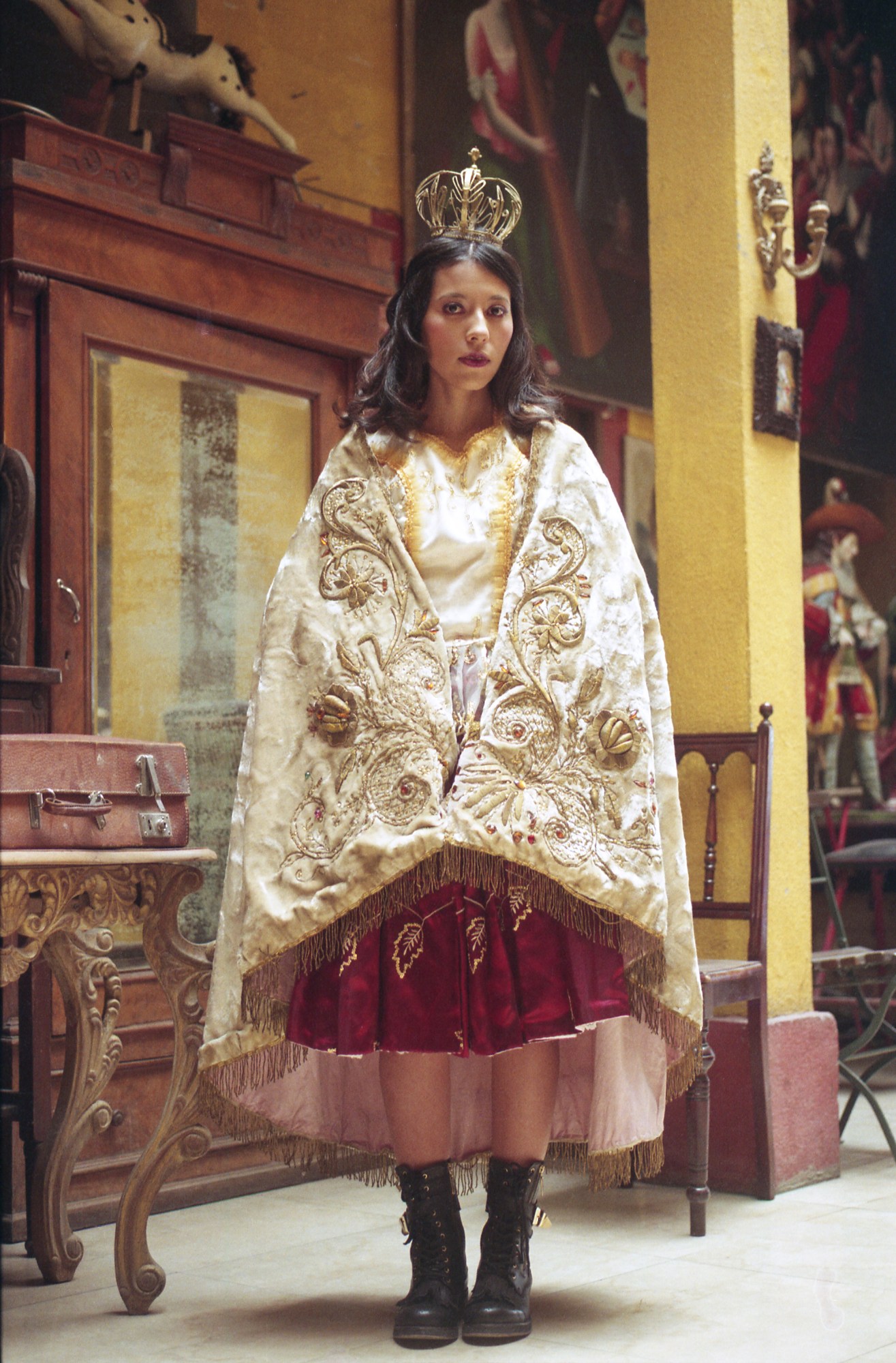
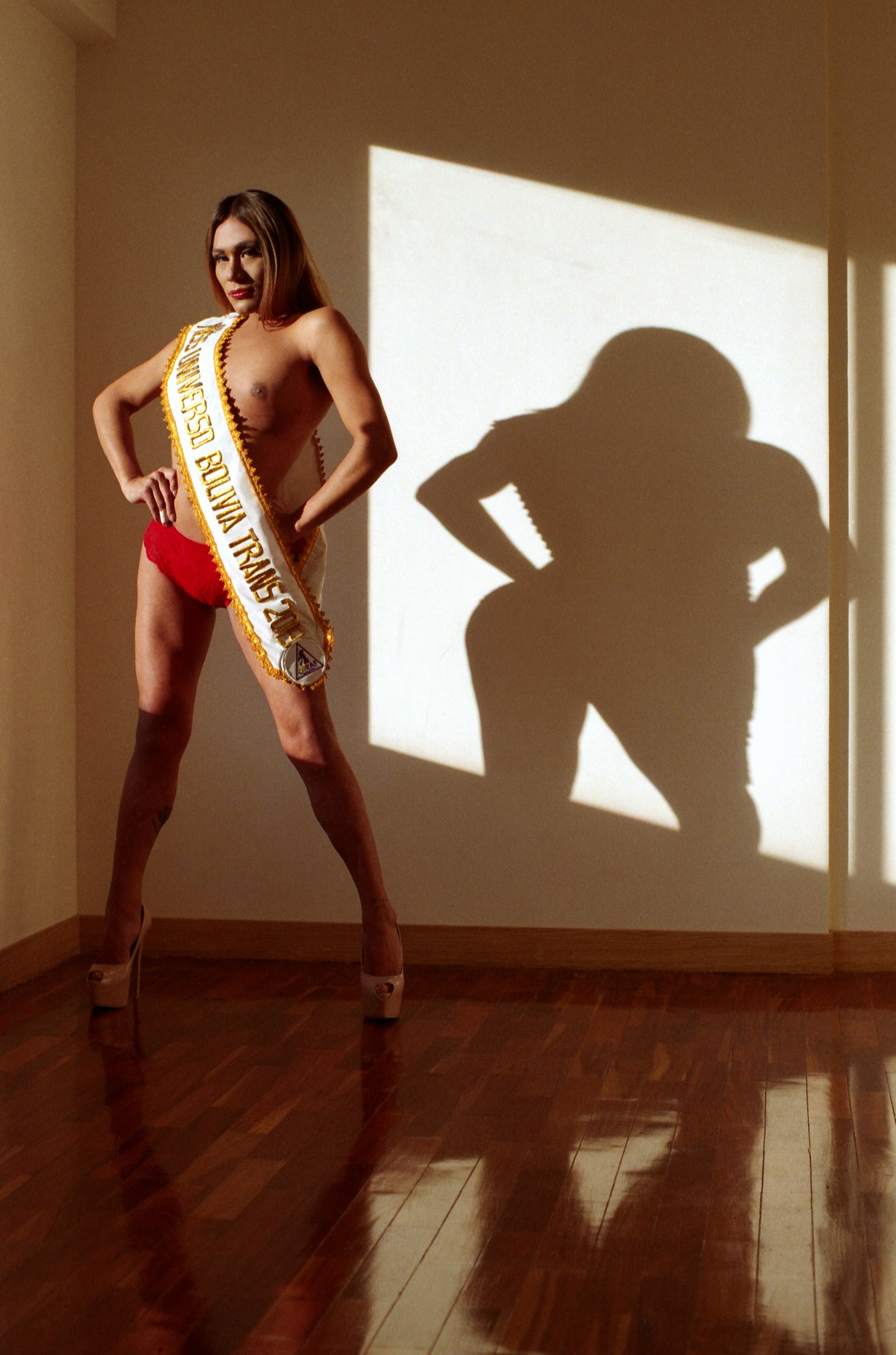
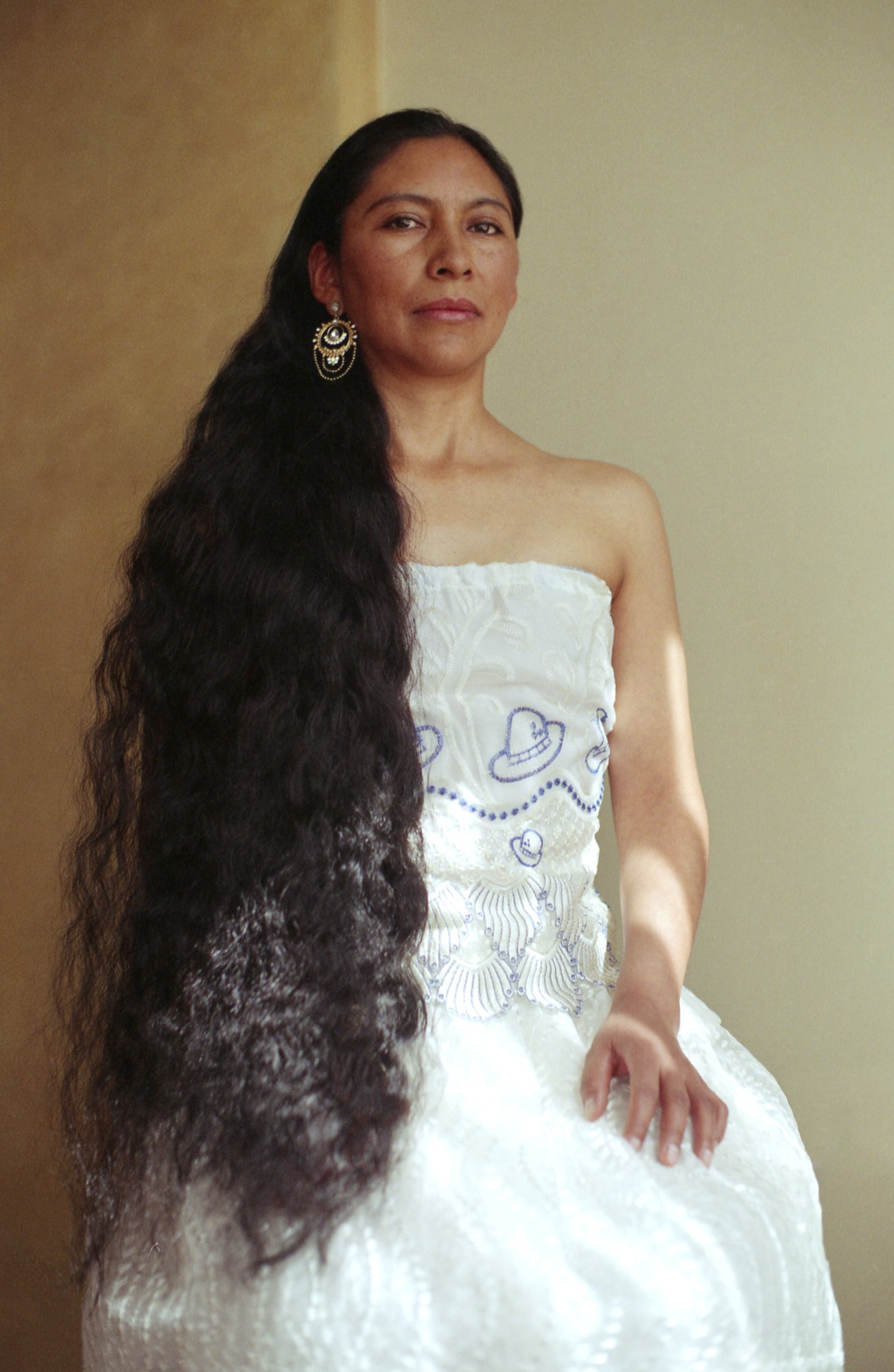
Credits
All images courtesy Marisol Mendez and Setanta
